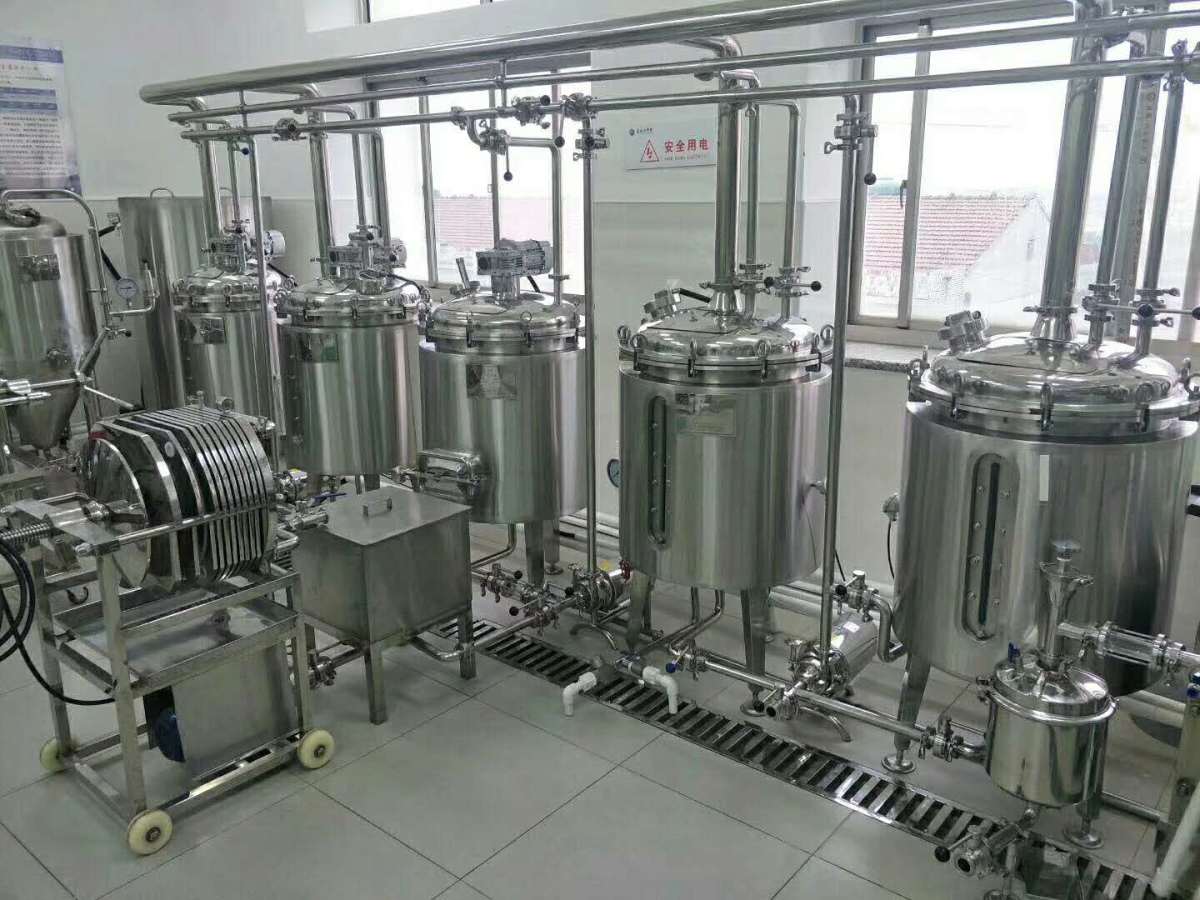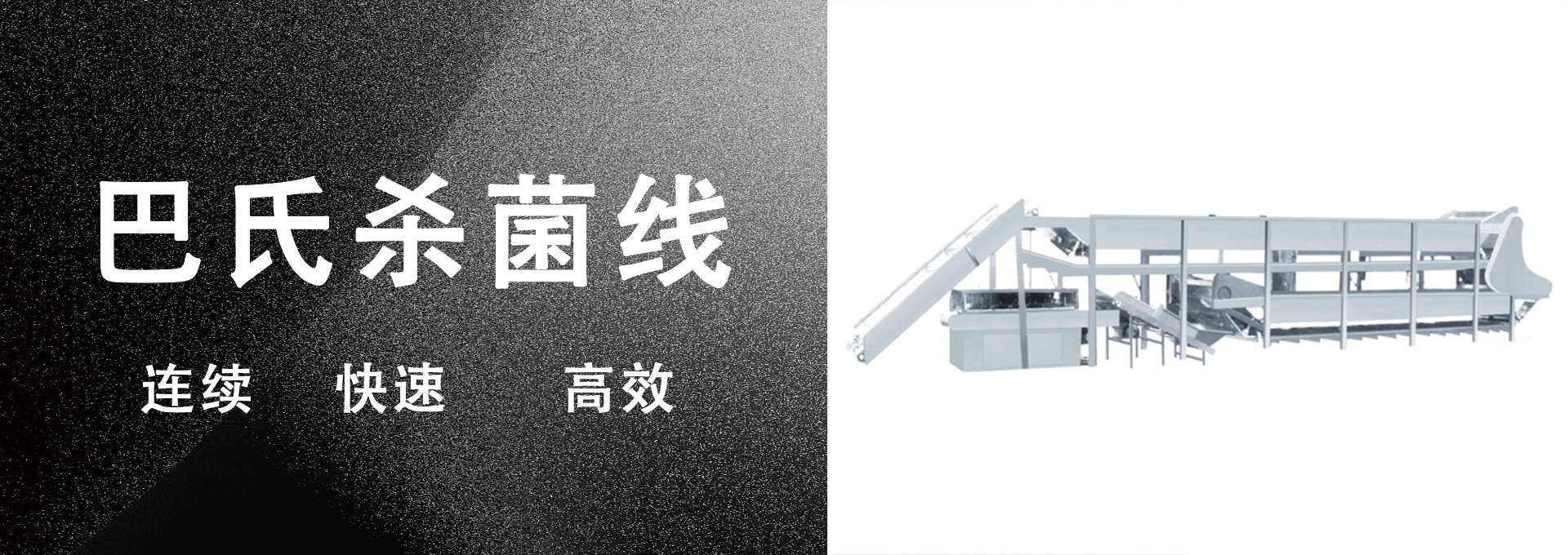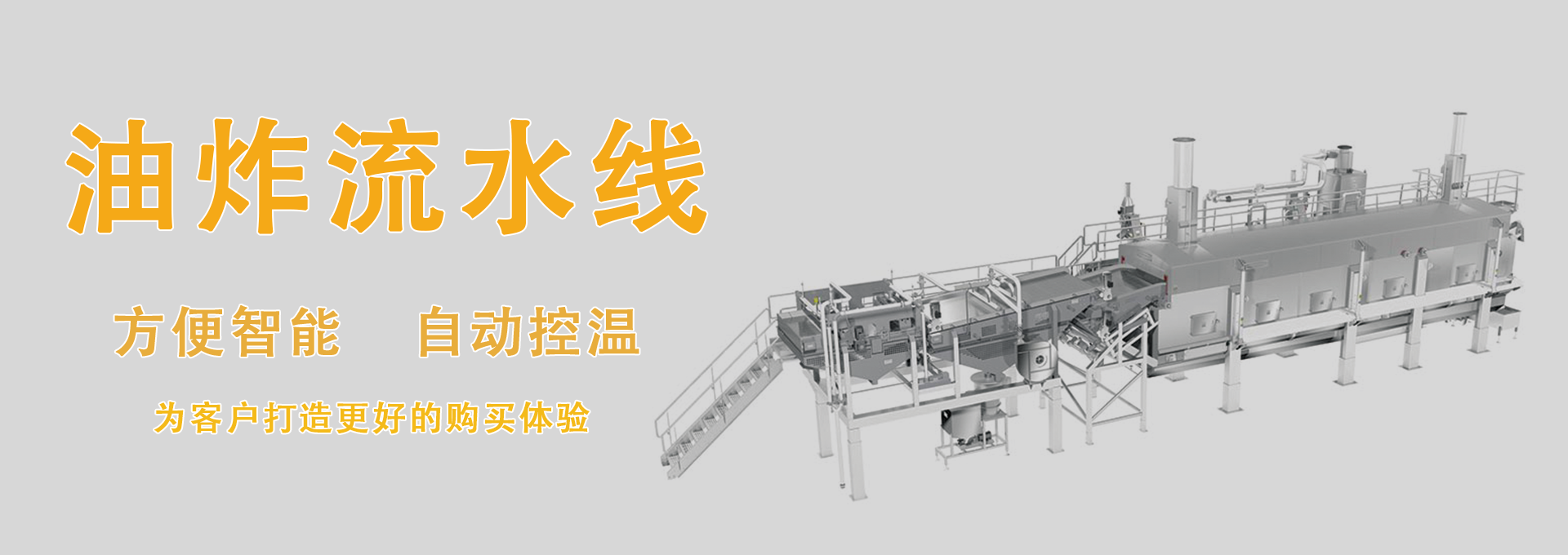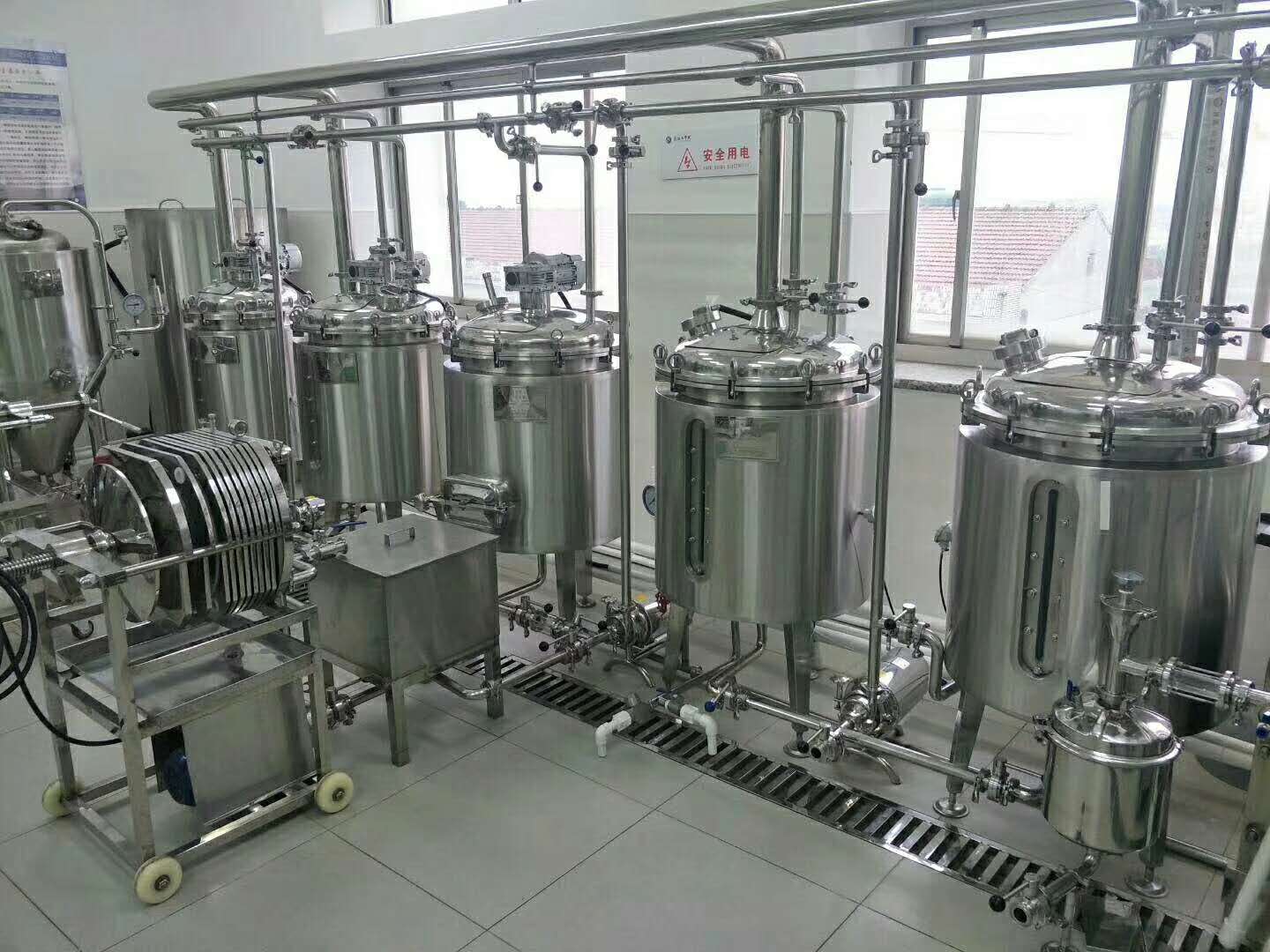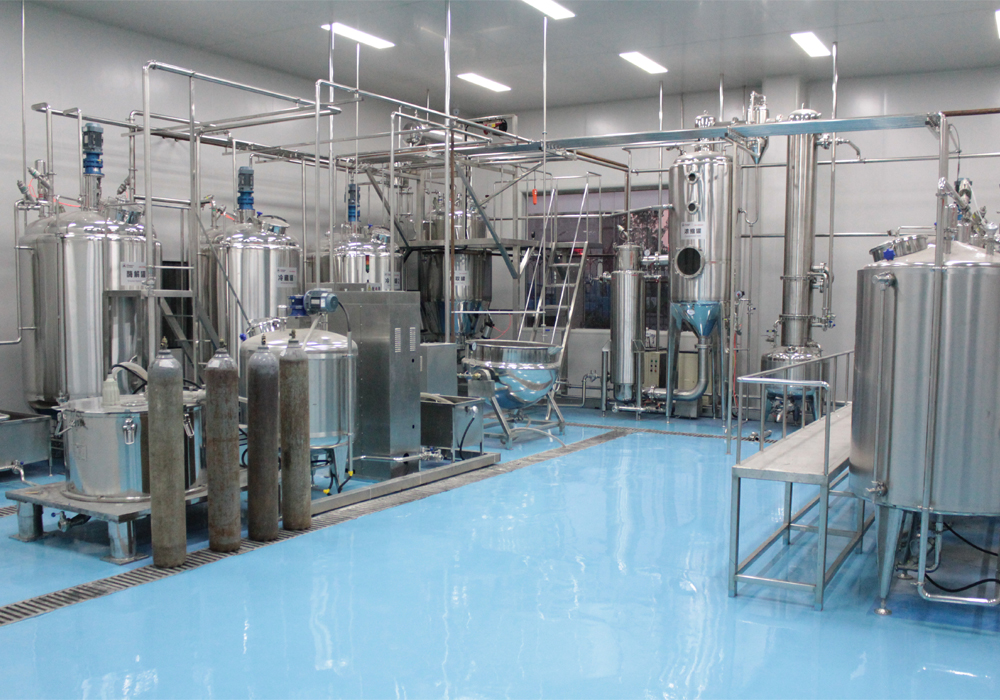Choose fully - ripe, fresh fruits with excellent flavor, abundant juice, and no pests or diseases. Immature fruits should undergo post - ripening.
- Cleaning: After selecting the raw materials, wash the fruits with clean water to remove fuzz. Then, rinse them in a 1% hydrochloric acid solution or a detergent solution to eliminate residual pesticides. Subsequently, rinse them again with clean water and drain.
- Halving and Pitting: Use a halving and pitting machine for this process.
- Color Preservation by Soaking: Immerse the halved and pitted raw materials in a mixed solution of 0.1% ascorbic acid and citric acid to preserve their color.
Heat the fruit chunks at 90 - 95°C for 3 - 5 minutes to soften them. Then, pass them through a pulping machine with a 0.5 - millimeter aperture to remove the peels.
To enhance the flavor of the fruit pulp obtained from the previous step, adjustments are needed. Add ingredients such as granulated sugar, citric acid, and L - ascorbic acid during the adjustment. The ratio is as follows: for every 100 kg of peach pulp, add 80 kg of 27% sugar solution, 0.45 kg of citric acid, and 0.07 - 0.2 kg of L - ascorbic acid.
- Homogenization: The purpose of homogenization is to break the suspended pulp particles in the juice into smaller ones and disperse them evenly in the juice, enhancing the juice's stability and preventing stratification. The homogenization method is to pass the coarsely filtered juice through a high - pressure homogenizer. Under high pressure, the pulp particles and colloidal substances in the juice pass through small holes with a diameter of 0.002 - 0.003 mm to become finer particles. In production, a homogenizer with a pressure of 130 - 160 kg/cm² is generally used.
Alternatively, a colloid mill can be used for homogenization. When the juice flows through the 0.05 - 0.075 - millimeter gap in the colloid mill, the pulp particles in the juice are impacted and rubbed against each other due to the strong centrifugal force, achieving the purpose of homogenization.
- Degassing: During the juicing process, gases such as oxygen, nitrogen, and carbon dioxide enter the juice. Among them, nitrogen can cause the oxidation of substances like vitamin C and pigments. Therefore, degassing is essential.
Heat the juice to above 100°C and perform instantaneous sterilization at above 125°C for only 6 - 7 seconds. Immediately can the juice while it is hot.
Screw on the bottle caps tightly and invert the cans for one minute. After sealing, rapidly cool the cans in stages to around 38°C, and then store them in the warehouse. A qualified fruit tea product is pink or yellow - brown, with a possible dark - red tint. The liquid is uniformly turbid, and there may be particle precipitation after long - term standing. It has the flavor of peach juice, no off - flavor, and the soluble solids content ranges from 10% to 14%.
Cleaning → Conveying → Juicing → Filtration → Enzyme Inactivation → Pasteurization → High - Temperature Short - Time Sterilization → Aseptic Filling → Inverted - Bottle Sterilization → Spray Cooling → Air Drying → Coding → Boxing → Finished Product. The equipment is multi - functional and can be used for various purposes. It is suitable for filling and sealing different types of liquids in various bottle shapes. It can be used for the hot filling of multiple beverages, including tea drinks, coffee drinks, soy milk drinks, and fruit juice drinks, and is also applicable for filling glass bottles and polyester bottles.
Due to the continuously expanding market demand, there are high requirements for the production efficiency of enterprises. Therefore, many beverage companies have upgraded their fruit juice beverage production line equipment or added new production lines. This provides opportunities for the manufacturers of fruit juice beverage production lines, enabling us to gain a foothold in the high - end market.

